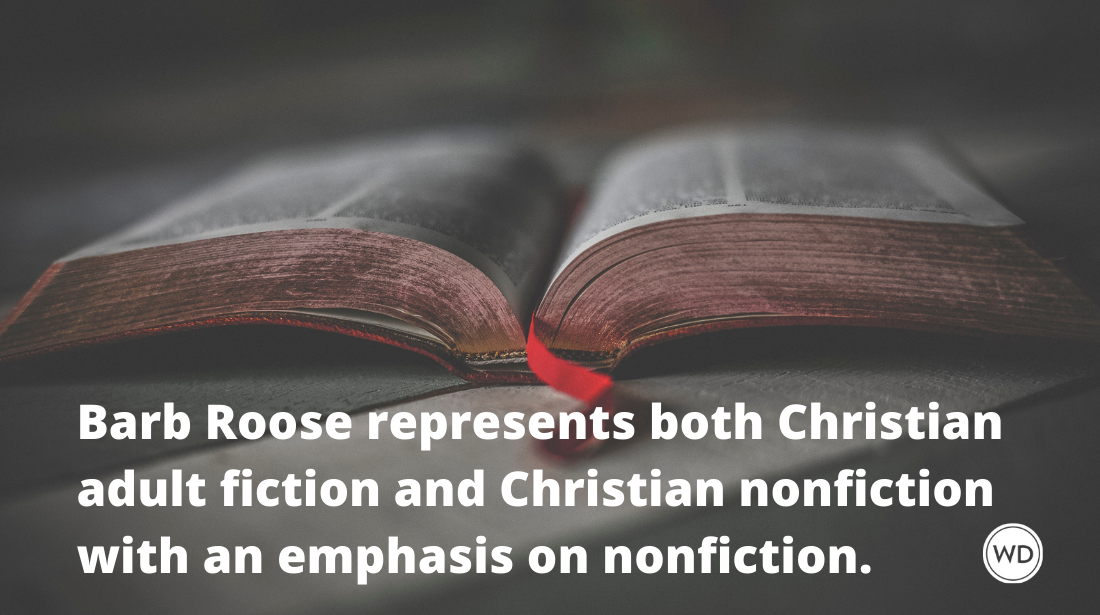Stretching the Facts in Historical Fiction
Marci Jefferson, author of the historical fiction novel GIRL ON THE GOLDEN COIN, explains the value of stretching the truth in historical fiction.
Philippa Gregory’s THE OTHER BOLEYN GIRL was the first novel I picked up after a stressful period in my life. I was looking for pure entertainment and found it. Up to that point I didn’t realize it was “allowable” to fictionalize the life of historical figures. It put thought-provoking perspective on old stories. As a history lover and avid reader, I had to have more! Historical fiction (reading and writing) became my pursuit.
Order a copy of Marci Jefferson's Girl on the Golden Coin today.
My novel GIRL ON THE GOLDEN COIN is based on Frances Stuart, who posed as Britannia on England’s coins three hundred years ago. As soon as I started writing, I felt a sense of responsibility to make her story as accurate as possible. Scouring sources for facts about her life revealed many unanswered questions. I ended up using as many facts as I could and just fictionalized the gaps. The first draft was done before I realized there are opposing opinions out there as to how the fact-fiction balance should be handled in this genre.
Many stress the importance of accuracy in historical fiction. Others think too many historical details sink the story. Still more believe it isn’t possible to achieve total historical accuracy in storytelling. Almost all agree that the author’s choices should be explained in an author’s note. The degree of emphasis an author places on fact versus fictionalization might be considered a matter of writing style.
It’s easy for a reader to tell whether a title is set in a favorite era or not. Some historical titles fall into obvious subcategories like alternate history, fantasy, mystery, thriller, or romance. But others aren’t so streamlined. Some have a literary style, some are written for a commercial market. Some are history driven, and some are character driven. In all of these, and especially in biographical novels like mine, you find varying fact-fiction balancing styles. Sometimes it’s hard to guess based on the cover and jacket blurb, but writing style is hard to guess in any genre. So if you’re writing historical fiction, gather your facts, then allow yourself some artistic license.
We’ve all heard the phrase, “History is written by the winners.” Pontius Pilate asked the famous question, “What is truth?” Historical sources can be apocryphal or fraught with gossip, spin, propaganda, hearsay, and conflicting points of view. Sometimes the facts weren’t recorded. Authors, who aren’t necessarily professional historians, often have to make educated guesses. We employ “facts” on a number of levels – for character motivation and conflict, the plot’s direction, or even simple background scenery.
So, while there are many ways to handle the fact-fiction balance, I feel it is more important that every author approach it purposefully. The author’s writing style determines whether they weave a story based on facts, or whether they thread facts in where they suit the narrative. The sum of the choices each author makes shapes the fabric of a novel. There isn’t a right or wrong way to create art.
I always find there is more to consider when readers and writers weigh in on this topic. So what do you think? What fact/fiction balance do you prefer to read? If you’re an author, what is your fact/fiction balancing style?
This guest column is a supplement to the
"Breaking In" (debut authors) feature of this author
in Writer's Digest magazine.
Marci Jefferson is the author of the debut historical fiction novel GIRL ON THE GOLDEN COIN (Feb. 2014, Thomas Dunne Books), which, in a starred review, Publishers Weekly called "An exciting, solid debut. Jefferson’s intoxicating first novel superbly draws readers into the mischief and maneuverings, loyalties and treacheries, and lust and hostility of powerful 17th century kings and scheming court sycophants." Find Marci on Twitter.






